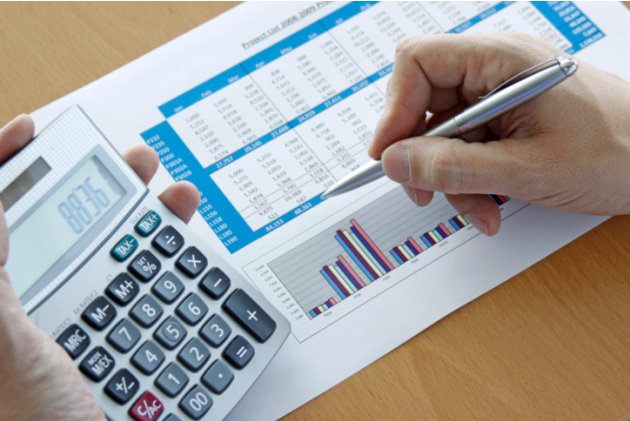By Chikako Mogi and Wayne Cole
TOKYO/SYDNEY (Reuters) - Asian markets buckled badly on
Thursday after the Federal Reserve heralded an eventual end to free
money and China turned the screw on credit even as factory activity in
the world's second largest economy hit a nine-month low.
Shares, currencies and commodities all crumbled as spooked investors rushed to unwind crowded trades in emerging markets.
Among a host of unwanted milestones: Asian stocks
outside Japan suffered their biggest daily loss since late 2011, key
lending rates in China reached historic highs and India's currency
carved out a record low.
"Kaboom is a better word to describe the market," was the judgment of a trader at an overseas bank in Manila.
MSCI's broadest index of Asia-Pacific shares outside
Japan <.miapj0000pus> sank 3.5 percent, its biggest one-day
percentage drop since November 2011.
Australia's bourse (.AXJO) tumbled 2.3 percent while
South Korean shares (.KS11) shed 2.1 percent to seven-month lows. Stocks
in Hong Kong (.HSI) fell 2.5 percent and Shanghai (.SSEC) lost 1.4
percent.
The stress was clear in Asian credit markets, where the
spread on the iTraxx Asia ex-Japan investment-grade index widened 23
basis points, reflecting the rising cost of hedging against debt
default.
BLAMING BEN
The initial catalyst for the carnage was Fed Chairman
Ben Bernanke who pulled few punches when signaling a likely end to asset
buying by the middle of 2014.
"Bernanke was more explicit than markets had expected.
Rising U.S. yields will spur broad dollar buying. The dollar's direction
is now set," said Yuji Saito, director of foreign exchange at Credit
Agricole in Tokyo.
He said the contrast between Fed's shrinking balance
sheet and the Bank of Japan's rapidly expanding holdings would spark the
dollar to resume its climb against the yen.
Indeed, the dollar was already up at 97.07 yen for a gain of 2 percent in as many sessions.
Adding to the pain, a closely-watched measure of
Chinese manufacturing took a surprise spill and only added to evidence
of tepid economic growth in the second quarter.
The "flash" HSBC China Purchasing Managers' Index
contracted further to 48.3 in June from May's final reading of 49.2, its
weakest reading since September.
Hardly helping was a surge in interbank lending rates
as the People's Bank of China (PBOC) tightened liquidity even as banks
clambered for cash.
"That hardline stance suits the recent government
policy of clamping down on non-essential businesses by financial
institutions, such as shadow banking, wealth management, trust
operations and even arbitrage," said a trader at a major Chinese
state-owned bank in Shanghai.
The Australian dollar cratered at a three-year low of
$0.9237, having shed three cents in little more than a day, reflecting
China's importance as the resource-rich country's single biggest export
market.
The Philippine peso lost 1.1 percent to 43.700 per
dollar, the weakest since June last year, while South Korea's won fell
1.4 percent to 1,146.6.
"If you put the Chinese numbers together with the
policy statements from both, what's clear to me is that the emerging
market currencies, particularly with a commodity-bias, will continue to
go down," said Mark Matthews, head of Asia research at Julius Baer.
DEVELOPING OVER EMERGING
Matthews did see a glint of light on the horizon should the Fed's confidence in the U.S. economy prove prescient.
"If we are moving towards a more normalized
environment, people need to remember that it's a good thing the U.S.
economy is growing," he said.
"The world we've got accustomed to in the last 10 years
of crisis and central bank intervention is metamorphosing into one of
growth and less central bank intervention."
However, that also meant developing markets would likely outperform emerging markets for the foreseeable future.
In a rare turn, Japan was one of the developed nations
that seemed to be doing better. A Reuters survey of manufacturers out
Thursday showed confidence at its highest since early 2011, and that
followed surprisingly upbeat news on exports.
As a result, Japan's benchmark Nikkei stock average (.N225) was off a relatively modest 1.2 percent.(.T)
The resource-poor nation is also set to benefit from
lower global commodity prices. U.S. crude futures were down $1.49 a
barrel at $96.75 a barrel while Brent fell $1.47 to $104.65. (O/R)
U.S. gold futures for August delivery fell more than 2
percent to $1,346.00 an ounce in Asia on Thursday. Spot gold fared a
shade better at $1,346.66 an ounce. (GOL/)
(This report replaces separate afternoon market reports from Hong Kong, mainland China, South Korea and Taiwan).
(Additional reporting by Asia Bureaus; Editing by Eric Meijer)


















